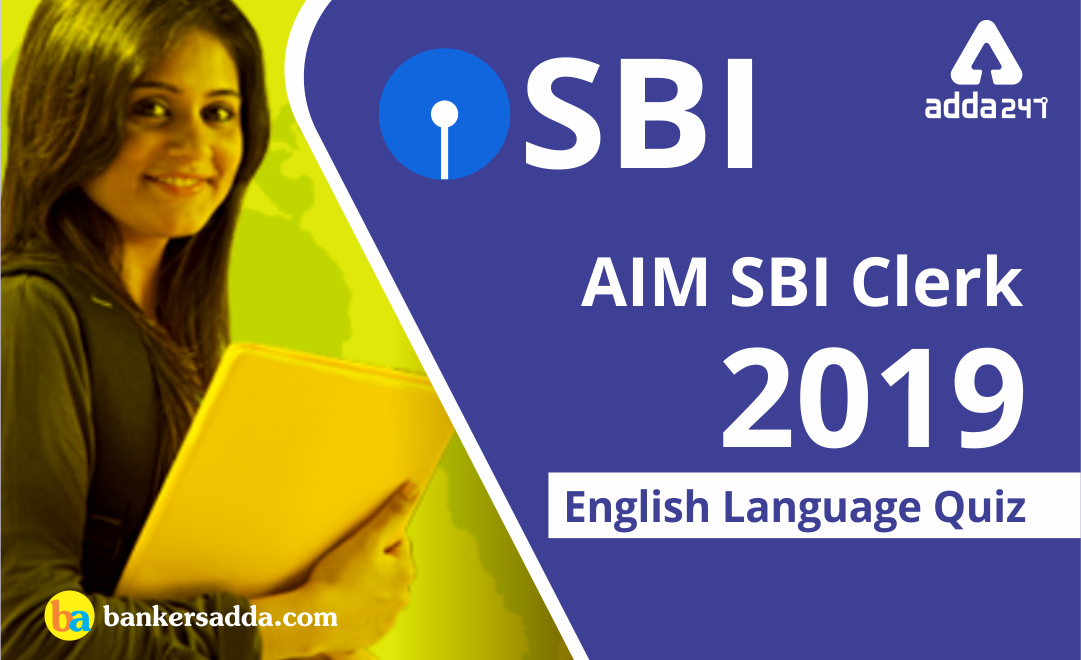SBI Clerk Prelims English Questions (Day-19)
(A) Given that overcast skies are a constant during the monsoon season and during times of flood, the ability to penetrate the cloud cover is essential.
(B) While optical remote sensing that relies on visible light for imaging gets obstructed by clouds, RISAT-2B will not.
(C) With the successful pre-dawn launch of RISAT-2B satellite on May 22, the Indian Space Research Organisation (ISRO) has added another feather to its cap.
(D) Much like the RISAT-1 satellite that was launched by ISRO in April 2012, RISAT-2B will also use microwave radiation.
(E) The satellite will enhance India’s capability in crop monitoring during the monsoon season, forestry mapping for forest fires and deforestation, and flood mapping as part of the national disaster management programme.
(A) Only in the western part of Sunderbans, where the salinity is lower, could researchers find some evidence of the species.
(B) A recent study covering 100 km of rivers and channels around the Sunderbans has revealed that the national aquatic animal is no longer sighted in the central and eastern parts of the archipelago.
(C) The paper, authored by Sangita Mitra and Mahua Roy Chowdhury, states that “sighting records in the present study reveal that distribution of GRD (Ganges River Dolphin) is influenced by the salinity level of the waterways”.
(D) Rise in salinity in the water system that makes the Indian Sunderbans has resulted in a decrease in population of the Ganges River Dolphins in the region.
(E) The details of the study have been published in Journal of Threatened Taxa, in an article titled Possible Range Decline of Ganges River Dolphin Platanista Gangetica in Indian Sundarban.
(A) As part of the programme, two unmanned flights and one manned flight will be undertaken. The first human space flight demonstration is targeted to be completed within 40 months of the sanction date.
(B) The Union Cabinet on Friday, 28 December 2018 approved the ambitious Gaganyaan programme, which will send three Indian astronauts to space for up to seven days by 2022 at a cost of ₹10,000 crore.
(C) The Indian Space Research Organisation (ISRO) has developed the launch vehicle GSLV MK-III, which has the necessary payload capability to launch a three-member crew module in low earth orbit.
(D) Prior to this, two unmanned flights in full complement will be carried out to gain confidence, the government said.
(E) The project was first announced by Prime Minster Narendra Modi in his Independence Day speech this year.





 English Language Quiz For Bank Foundatio...
English Language Quiz For Bank Foundatio...
 English Language Quiz For SBI Clerk Prel...
English Language Quiz For SBI Clerk Prel...
 English Language Quiz For SBI Clerk Prel...
English Language Quiz For SBI Clerk Prel...







